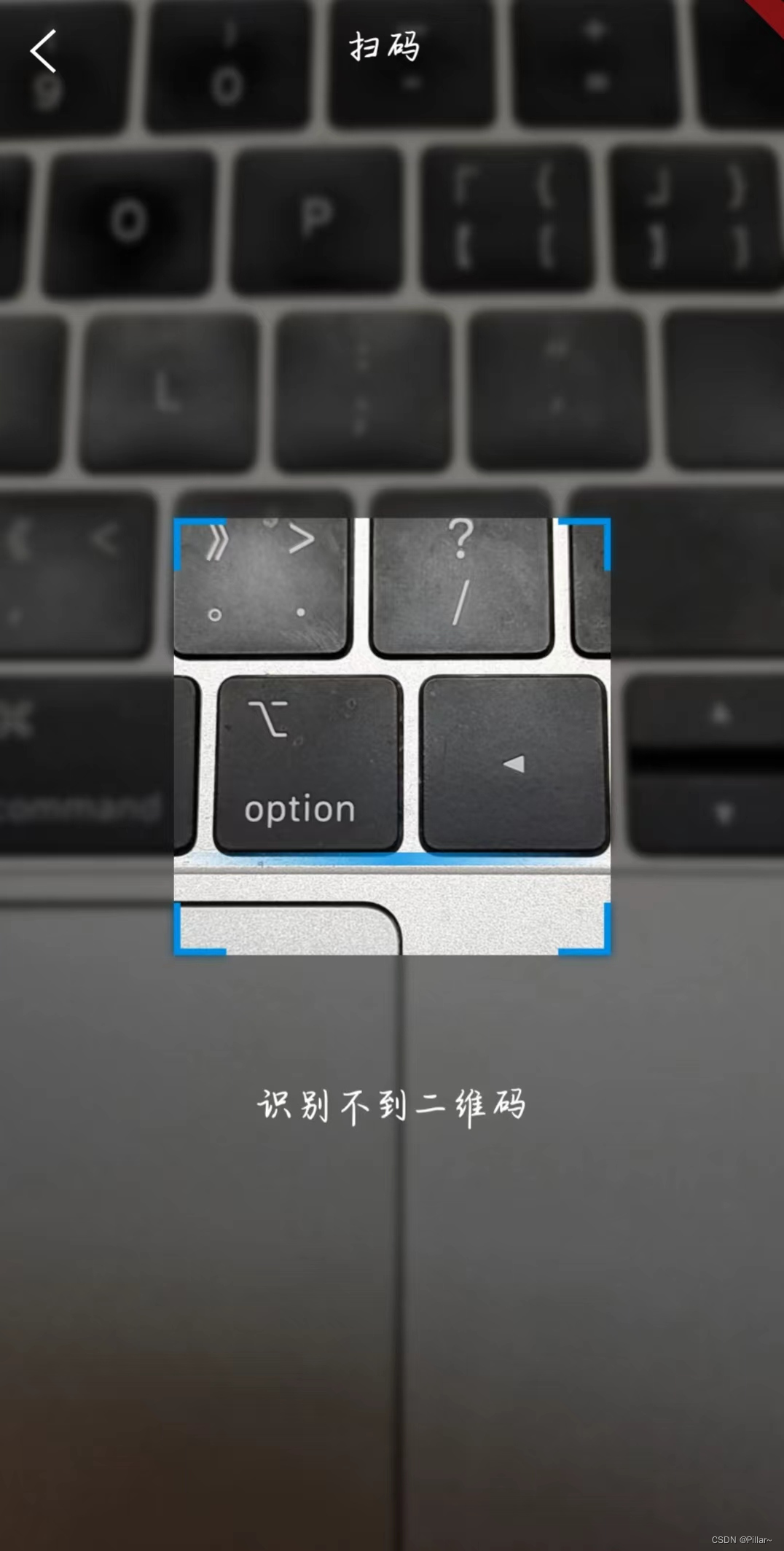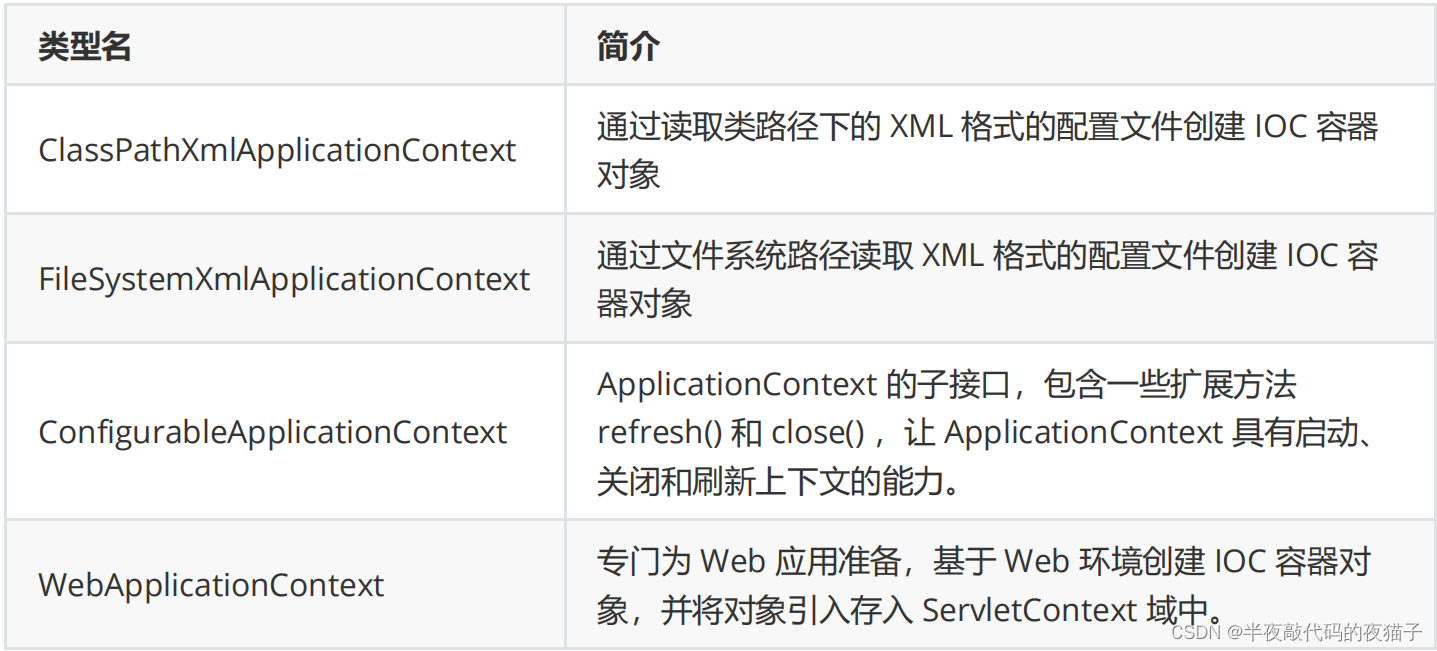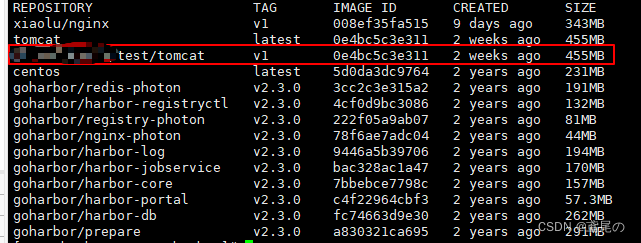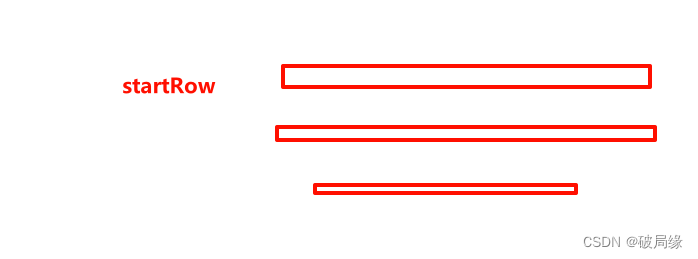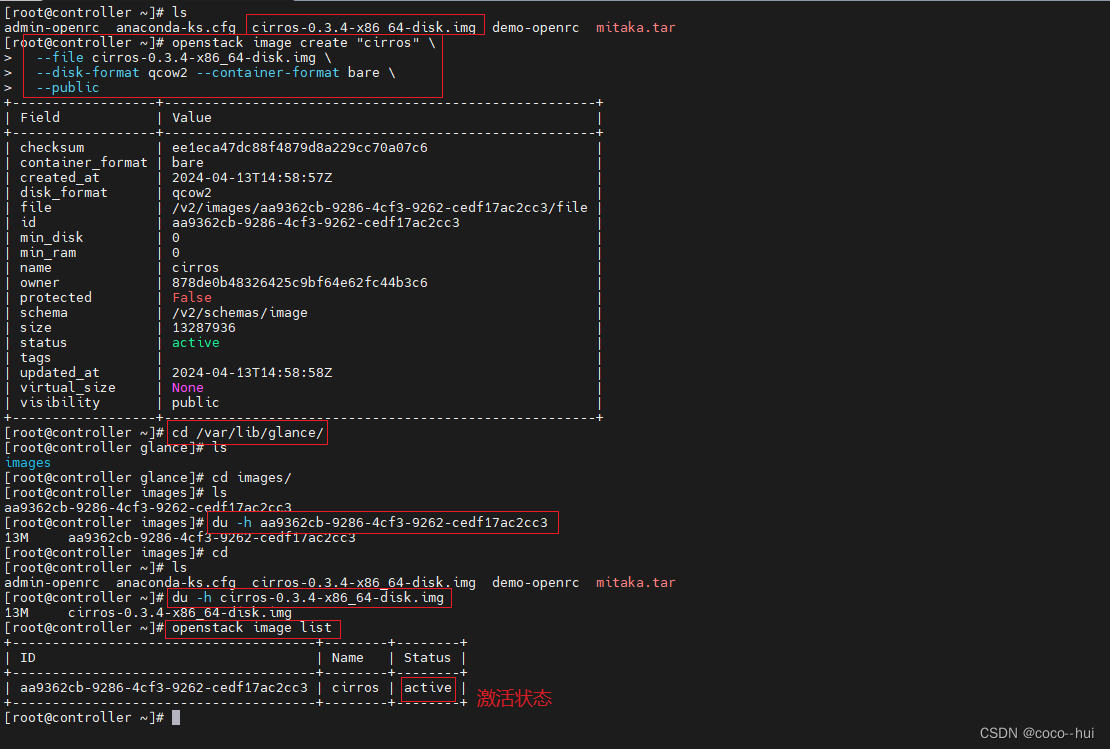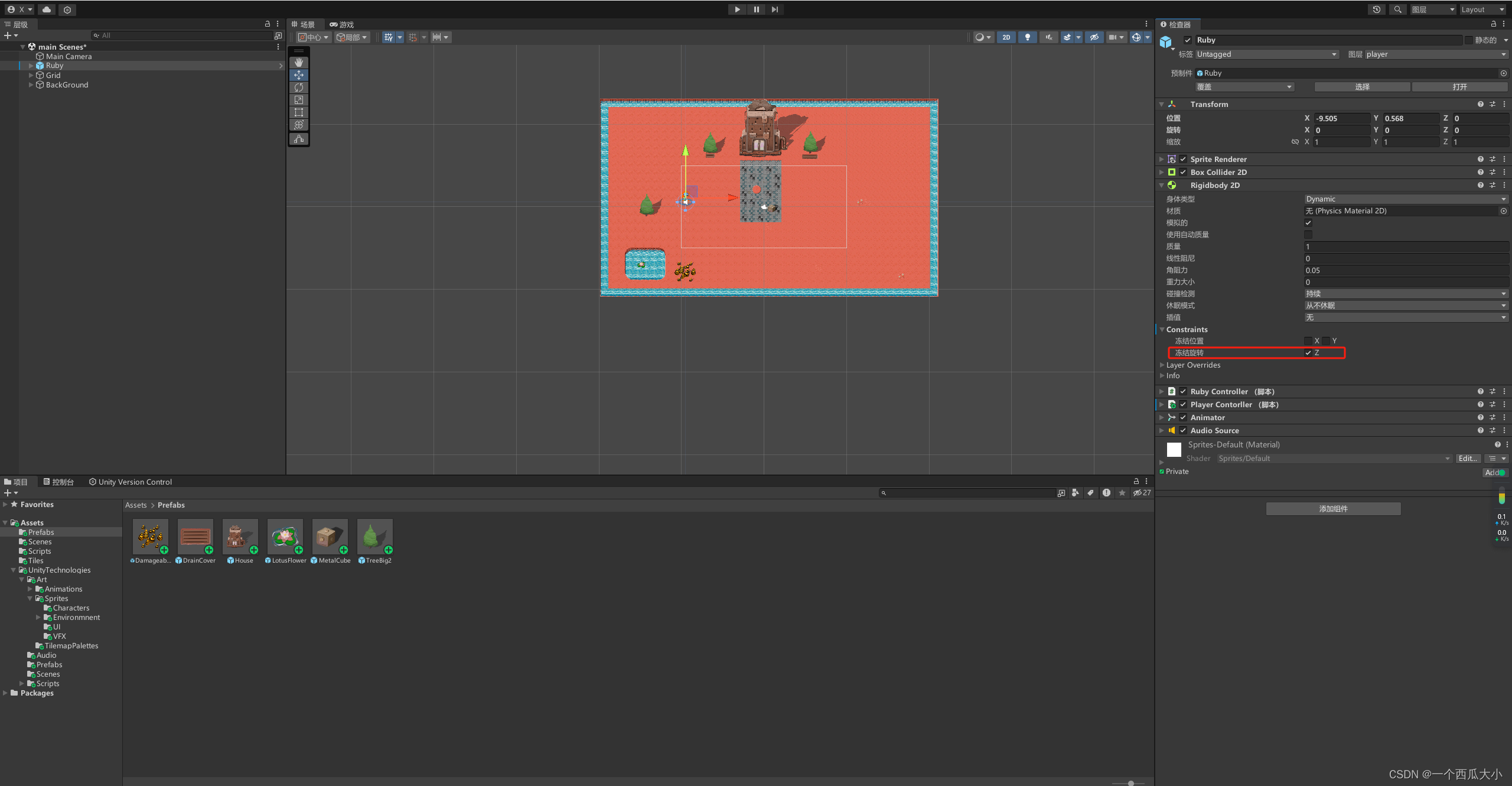
1. 🍎String类的重要性
在开发和校招笔试中,字符串也是常客,比如 :
2. 🍎常用方法
2.1 🍎字符串构造
常用的三种:

其他方法需要用到时,大家参考Java在线文档:String官方文档
 案例:
案例:
public static void main(String[] args) {
// s1和s2引用的是不同对象 s1和s3引用的是同一对象
String s1 = new String("hello");
String s2 = new String("world");
String s3 = s1;
System.out.println(s1.length()); // 获取字符串长度---输出5
System.out.println(s1.isEmpty()); // 如果字符串长度为0,返回true,否则返回false
}
// 打印 "hello" 字符串 (String 对象 ) 的长度System . out . println ( "hello" . length ());
2.2 🍎String对象的比较
public static void main(String[] args) {
int a = 10;
int b = 20;
int c = 10;
// 对于基本类型变量,==比较两个变量中存储的值是否相同
System.out.println(a == b); // false
System.out.println(a == c); // true
// 对于引用类型变量,==比较两个引用变量引用的是否为同一个对象
String s1 = new String("hello");
String s2 = new String("hello");
String s3 = new String("world");
String s4 = s1;
System.out.println(s1 == s2); // false
System.out.println(s2 == s3); // false
System.out.println(s1 == s4); // true
}2. boolean equals(Object anObject) 方法:按照字典序比较
public boolean equals(Object anObject) {
// 1. 先检测this 和 anObject 是否为同一个对象比较,如果是返回true
if (this == anObject) {
return true;
}
// 2. 检测anObject是否为String类型的对象,如果是继续比较,否则返回false
if (anObject instanceof String) {
// 将anObject向下转型为String类型对象
String anotherString = (String)anObject;
int n = value.length;
// 3. this和anObject两个字符串的长度是否相同,是继续比较,否则返回false
if (n == anotherString.value.length) {
char v1[] = value;
char v2[] = anotherString.value;
int i = 0;
// 4. 按照字典序,从前往后逐个字符进行比较
while (n-- != 0) {
if (v1[i] != v2[i])
return false;
i++;
}
return true;
}
}
return false;
}public static void main(String[] args) {
String s1 = new String("hello");
String s2 = new String("hello");
String s3 = new String("Hello");
// s1、s2、s3引用的是三个不同对象,因此==比较结果全部为false
System.out.println(s1 == s2); // false
System.out.println(s1 == s3); // false
// equals比较:String对象中的逐个字符
// 虽然s1与s2引用的不是同一个对象,但是两个对象中放置的内容相同,因此输出true
// s1与s3引用的不是同一个对象,而且两个对象中内容也不同,因此输出false
System.out.println(s1.equals(s2)); // true
System.out.println(s1.equals(s3)); // false
}1. 先按照字典次序大小比较,如果出现不等的字符,直接返回这两个字符的大小差值2. 如果前k个字符相等(k为两个字符长度最小值),返回值两个字符串长度差值
案例:
public static void main(String[] args) {
String s1 = new String("abc");
String s2 = new String("ac");
String s3 = new String("abc");
String s4 = new String("abcdef");
System.out.println(s1.compareTo(s2)); // 不同输出字符差值-1
System.out.println(s1.compareTo(s3)); // 相同输出 0
System.out.println(s1.compareTo(s4)); // 前k个字符完全相同,输出长度差值 -3
}public static void main(String[] args) {
String s1 = new String("abc");
String s2 = new String("ac");
String s3 = new String("ABc");
String s4 = new String("abcdef");
System.out.println(s1.compareToIgnoreCase(s2)); // 不同输出字符差值-1
System.out.println(s1.compareToIgnoreCase(s3)); // 相同输出 0
System.out.println(s1.compareToIgnoreCase(s4)); // 前k个字符完全相同,输出长度差值 -3
}2.3 🍎字符串查找
字符串查找也是字符串中非常常见的操作,String类提供的常用查找的方法:
|
方法
|
功能功能
|
|
char charAt(int index)
|
返回
index
位置上字符,如果
index
为负数或者越界,抛出
IndexOutOfBoundsException
异常
|
|
int indexOf(int ch)
|
返回
ch
第一次出现的位置,没有返回
-1
|
|
int indexOf(int ch, int
fromIndex)
|
从
fromIndex
位置开始找
ch
第一次出现的位置,没有返回
-1
|
|
int indexOf(String str)
|
返回
str
第一次出现的位置,没有返回
-1
|
|
int indexOf(String str, int
fromIndex)
|
从
fromIndex
位置开始找
str
第一次出现的位置,没有返回
-1
|
|
int lastIndexOf(int ch)
|
从后往前找,返回
ch
第一次出现的位置,没有返回
-1
|
|
int lastIndexOf(int ch, int
fromIndex)
|
从
fromIndex
位置开始找,从后往前找
ch
第一次出现的位置,没有返
回
-1
|
|
int lastIndexOf(String str)
|
从后往前找,返回
str
第一次出现的位置,没有返回
-1
|
|
int lastIndexOf(String str, int
fromIndex)
|
从
fromIndex
位置开始找,从后往前找
str
第一次出现的位置,没有返
回
-1
|
案例:

代码:
String s = "aaabbbcccaaabbbccc";
System.out.println(s.charAt(3)); // 'b'
System.out.println(s.indexOf('c')); // 6
System.out.println(s.indexOf('c', 10)); // 15
System.out.println(s.indexOf("bbb")); // 3
System.out.println(s.indexOf("bbb", 10)); // 12
System.out.println(s.lastIndexOf('c')); // 17
System.out.println(s.lastIndexOf('c', 10)); // 8
System.out.println(s.lastIndexOf("bbb")); // 12
System.out.println(s.lastIndexOf("bbb", 10)); // 3注意:上述方法都是实例方法。
2.4 🍎转化
1. 🍎数值和字符串转化
public static void main(String[] args) {
// 数字转字符串
String s1 = String.valueOf(1234);
String s2 = String.valueOf(12.34);
String s3 = String.valueOf(true);
String s4 = String.valueOf(new Student("Hanmeimei", 18));
System.out.println(s1);
System.out.println(s2);
System.out.println(s3);
System.out.println(s4);
System.out.println("=================================");
// 字符串转数字
// 注意:Integer、Double等是Java中的包装类型,这个后面会讲到
int data1 = Integer.parseInt("1234");
double data2 = Double.parseDouble("12.34");
System.out.println(data1);
System.out.println(data2);
}
2. 🍎大小写转换
代码:
public static void main(String[] args) {
String s1 = "hello";
String s2 = "HELLO";
// 小写转大写
System.out.println(s1.toUpperCase());
// 大写转小写
System.out.println(s2.toLowerCase());
}输出结果:

3. 🍎字符串转数组
代码:
public static void main(String[] args) {
String s = "hello";
// 字符串转数组
char[] ch = s.toCharArray();
for (int i = 0; i < ch.length; i++) {
System.out.print(ch[i]);
}
//换行
System.out.println();
// 数组转字符串
String s2 = new String(ch);
System.out.println(s2);
}输出结果:

4. 🍎格式化
public static void main(String[] args) {
String s = String.format("%d-%d-%d", 2019, 9,14);
System.out.println(s);
}2.5 🍎字符串替换
|
方法
|
功能
|
|
String replaceAll(String regex, String replacement)
|
替换所有的指定内容
|
|
String replaceFirst(String regex, String replacement)
|
替换收个内容
|
public static void main(String[] args) {
String str = "helloworld" ;
System.out.println(str.replaceAll("l", "_"));
System.out.println(str.replaceFirst("l", "_"));
}输出结果:

注意事项: 由于字符串是不可变对象, 替换不修改当前字符串, 而是产生一个新的字符串.
2.6 🍎字符串拆分
|
方法
|
功能
|
|
String[] split(String regex)
|
将字符串全部拆分
|
|
String[] split(String regex, int limit)
|
将字符串以指定的格式,拆分为limit
组
|
public static void main(String[] args) {
String str = "hello world hello bit" ;
String[] result = str.split(" ") ; // 按照空格拆分
for(String s: result) {
System.out.println(s);
}
}

代码:
String str = "192.168.1.1" ;
String[] result = str.split("\\.") ;
for(String s: result) {
System.out.println(s);
}输出结果:

再来:

输出结果:
 为什么?看这里:
为什么?看这里:

注意事项:
1. 字符"|","*","+"都得加上转义字符,前面加上 "\\" .2. 而如果是 "\" ,那么就得写成 "\\\\" .3. 如果一个字符串中有多个分隔符,可以用"|"作为连字符.
代码示例: 多次拆分
代码:
String str = "name=zhangsan&age=18" ;
String[] result = str.split("&") ;
for (int i = 0; i < result.length; i++) {
String[] temp = result[i].split("=") ;
System.out.println(temp[0]+" = "+temp[1]);
}
2.7 🍎字符串截取
|
方法
|
功能
|
|
String substring(int beginIndex)
| 从指定索引截取到结尾 |
| String substring(int beginIndex, int endIndex) |
截取部分内容
|
String str = "helloworld" ;
System.out.println(str.substring(5));
System.out.println(str.substring(0, 5));1. 索引从0开始2. 注意前闭后开区间的写法, substring(0, 5) 表示包含 0 号下标的字符, 不包含 5 号下标
2.8 🍎其他操作方法
|
方法
|
功能
|
|
String trim()
| 去掉字符串中的左右空格,保留中间空格 |
|
String toUpperCase()
| 字符串转大写 |
|
String toLowerCase()
| 字符串转小写 |
代码示例: 观察trim()方法的使用
String str = " hello world " ;
System.out.println("["+str+"]");
System.out.println("["+str.trim()+"]");
trim 会去掉字符串开头和结尾的空白字符(空格, 换行, 制表符等).
代码示例: 大小写转换
String str = " hello$%world" ;
//小写转大写
System.out.println(str.toUpperCase());
//大写转小写
System.out.println(str.toLowerCase());输出结果:

这两个函数只转换字母。
2.9 🍎字符串的不可变性
1. String类在设计时就是不可改变的,来看看String内部
第一种:

第二种:

2. 所有涉及到可能修改字符串内容的操作都是创建一个新对象,改变的是新对象
比如 replace 方法: 
final修饰类表明该类不想被继承,final修饰引用类型表明该引用变量不能引用其他对象,但是其引用对象中的内容是可以修改的。
为什么 String 要设计成不可变的?(不可变对象的好处是什么?)
1. 方便实现字符串对象池. 如果 String 可变, 那么对象池就需要考虑写时拷贝的问题了.
2. 不可变对象是线程安全的 .3. 不可变对象更方便缓存 hash code, 作为 key 时可以更高效的保存到 HashMap 中 .
那如果想要修改字符串中内容,该如何操作呢?
2.10 🍎字符串修改
public static void main(String[] args) {
String s = "hello";
s += " world";
System.out.println(s); // 输出:hello world
}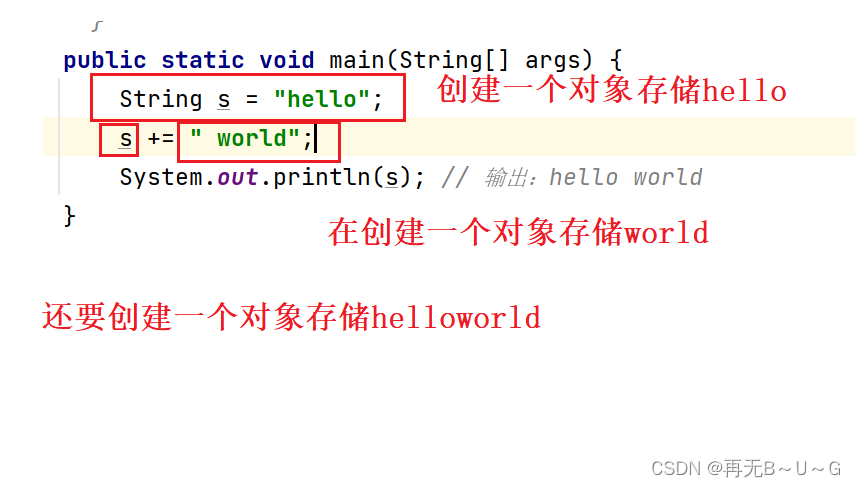
3. 🍎StringBuilder和StringBuffer
3.1 🍎StringBuilder的介绍
|
StringBuff append(String
str)
|
在尾部追加,相当于
String
的
+=
,可以追加:
boolean
、
char
、
char[]
、
double
、
float
、
int
、
long
、
Object
、
String
、
StringBuff
的变量
|
|
char charAt(int index)
| 获取index位置的字符 |
|
int length()
| 获取字符串的长度 |
|
int capacity()
| 获取底层保存字符串空间总的大小 |
|
void ensureCapacity(int
mininmumCapacity)
| 扩容 |
|
void setCharAt(int index,
char ch)
| 将index位置的字符设置为ch |
|
int indexOf(String str)
| 返回str第一次出现的位置 |
|
int indexOf(String str, int
fromIndex)
| 从fromIndex位置开始查找str第一次出现的位置 |
|
int lastIndexOf(String str)
| 返回最后一次出现str的位置 |
|
int lastIndexOf(String str,
int fromIndex)
| 从fromIndex位置开始找str最后一次出现的位置 |
|
StringBuff insert(int
offset, String str)
| 在offset位置插入:八种基类类型 & String类型 & Object类型数据 |
|
StringBuffer
deleteCharAt(int index)
| 删除index位置字符 |
|
StringBuffer delete(int
start, int end)
| 删除[start, end)区间内的字符 |
|
StringBuffer replace(int
start, int end, String str)
| 将[start, end)位置的字符替换为str |
|
String substring(int start)
| 从start开始一直到末尾的字符以String的方式返回 |
|
String substring(int
start
,
int end)
| 将[start, end)范围内的字符以String的方式返回 |
|
StringBuffer reverse()
| 反转字符串 |
|
String toString()
| 将所有字符按照String的方式返回 |
案例:
public static void main(String[] args) {
StringBuilder sb1 = new StringBuilder("hello");
StringBuilder sb2 = sb1;
// 追加:即尾插-->字符、字符串、整形数字
sb1.append(' '); // hello
sb1.append("world"); // hello world
sb1.append(123); // hello world123
System.out.println(sb1); // hello world123
System.out.println(sb1 == sb2); // true
System.out.println(sb1.charAt(0)); // 获取0号位上的字符 h
System.out.println(sb1.length()); // 获取字符串的有效长度14
System.out.println(sb1.capacity()); // 获取底层数组的总大小
sb1.setCharAt(0, 'H'); // 设置任意位置的字符 Hello world123
sb1.insert(0, "Hello world!!!"); // Hello world!!!Hello world123
System.out.println(sb1);
System.out.println(sb1.indexOf("Hello")); // 获取Hello第一次出现的位置
System.out.println(sb1.lastIndexOf("hello")); // 获取hello最后一次出现的位置
sb1.deleteCharAt(0); // 删除首字符
sb1.delete(0,5); // 删除[0, 5)范围内的字符
String str = sb1.substring(0, 5); // 截取[0, 5)区间中的字符以String的方式返回
System.out.println(str);
sb1.reverse(); // 字符串逆转
str = sb1.toString(); // 将StringBuffer以String的方式返回
System.out.println(str);
}3.2🍎StringBuilder和StringBuffer的区别

String变为StringBuilder: 利用StringBuilder的构造方法或append()方法StringBuilder变为String: 调用toString()方法。
3.2 🍎面试题:
1. String、StringBuffer、StringBuilder的区别
- String的内容不可修改,StringBuffer与StringBuilder的内容可以修改.
- StringBuffer与StringBuilder大部分功能是相似的
- StringBuffer采用同步处理,属于线程安全操作;而StringBuilder未采用同步处理,属于线程不安全操作
2. 以下总共创建了多少个String对象【前提不考虑常量池之前是否存在】
String str = new String ( "ab" ); // 会创建多少个对象String str = new String ( "a" ) + new String ( "b" ); // 会创建多少个对象
好啦,今天的分享就到这里了,感谢观看。
